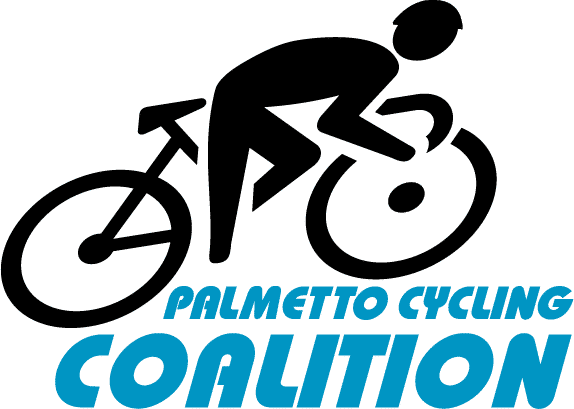The State of Our Streets.
SEP 17, 2018, by Corrine Reed

A study on crashes involving people walking and bicycling in SC shows need for state-level action.
[Columbia, SC] –Charles Brown, a nationally recognized complete streets advocate and researcher at Rutgers, released a study on traffic crashes involving people walking and bicycling in South Carolina, prepared on behalf of the Palmetto Cycling Coalition and SC Livable Communities Alliance. Brown’s study reviewed crash data from 2009-2017, provided by the Office of Highway Safety and Justice Programs at the SC Department of Public Safety.
Here are some of the key takeaways from this study (click here to read the full study):

- While 70% of SC roads are state-owned, the vast majority of fatalities of people walking (96%) and bicycling (94%) happen on these roads.
- A disproportionate number of crash victims were minorities, including African-Americans, Hispanics, and Asians; African-Americans make up only 27% of the state’s population but were involved in 44% of the total number of crashes of people walking and bicycling.
- The majority of crashes occurred among people ages 20-29 (21%), whereas the least number of crashes occurred among those under 10 years of age (5%) and those 70 years and above (a combined 3.7%).
- Charleston County had the highest percentage and rate of crashes of people walking and bicycling than any other county, at 17.9% of the entire state total, averaging 6.13 crashes per 1,000 people.
- The Berkeley-Charleston-Dorchester Council of Governments (BCD COG) had the highest percentage (23.7%) of the total number of crashes; the BCD COG had the highest rate (4.2) of crashes per 1,000 people; the BCD COG’s crash rate per 1,000 people was 4 times that of Upper Savannah COG, followed by
- The following 5 counties had the highest rate of crashes of people walking in SC: Charleston, Richland, Dillon, Orangeburg, Horry, Florence, Georgetown, Fairfield, Williamsburg, and Lee.
- The following 5 counties had the highest rate of crashes of people bicycling in SC: Charleston, Horry, Beaufort, Georgetown, Florence, Marion, Marlboro, Dorchester, Darlington, and Hampton. The overwhelming majority of pedestrian and bicycle crashes occurred (84.9% and and 88.6%, respectively) under clear weather conditions.

According to SC Livable Communities Alliance’s (SCLCA) grassroots coordinator, Corrine Reed, “Charles Brown’s research highlights the pervasiveness of issues we have with our roads and streets- especially about who experiences the fatal consequences of the state of South Carolina streets”.
To make a widespread, lasting impact on improving road safety in South Carolina, we strongly recommend passing a state-wide complete streets policy. Complete streets, also known as multimodal streets, are designed to make communities and neighborhoods more livable, by making sure all road users of all ages and abilities —people walking, bicycling, driving, and catching a bus – can travel safely.

Complete streets include any infrastructural change that improves the safety, health, equity, and economic growth of the community. Each Complete Street looks a little different to reflect the needs of the surrounding community. In the words of Palmetto Cycling Coalition’s Executive Director, Amy Johnson Ely “ If streets are not designed for every citizen to access, because single occupancy cars were the only goal, not the people that use them, then they fall short”.
